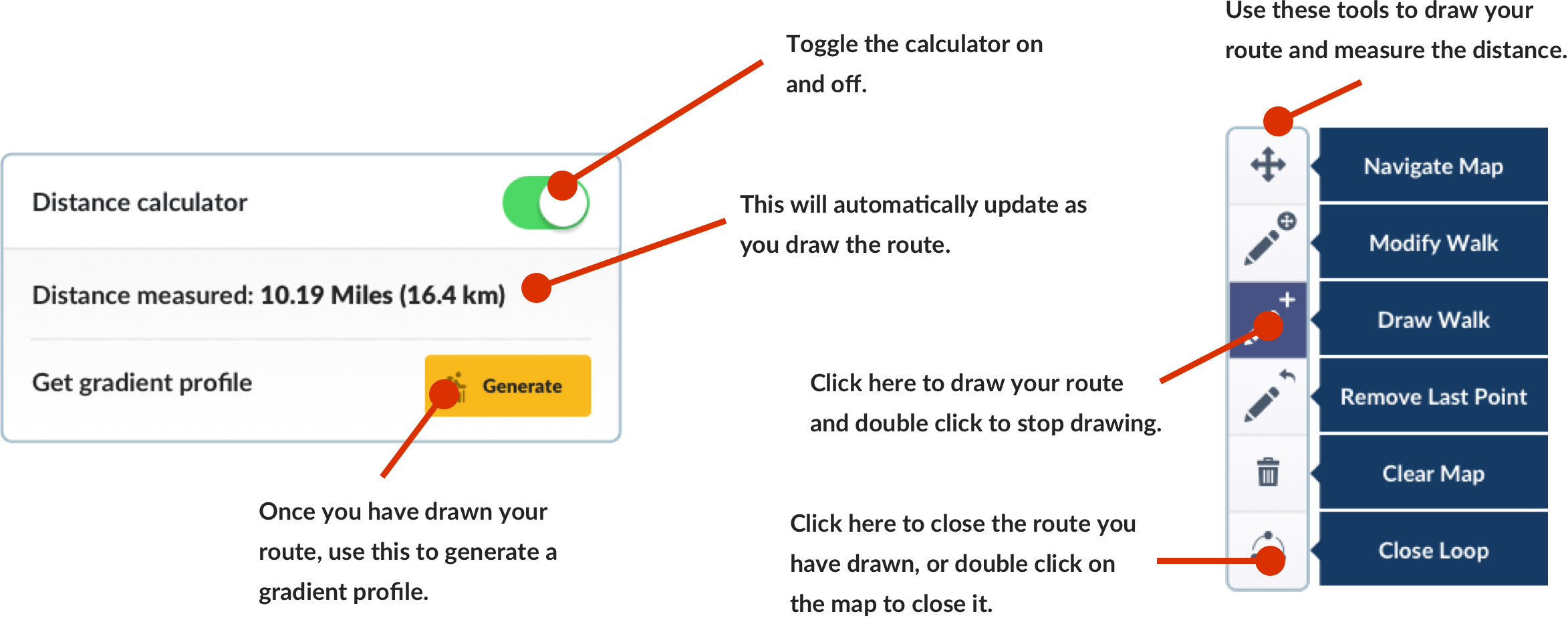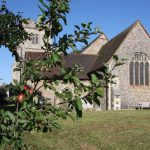Wedi’i ychwanegu at eich Cynllunydd Taith isod
Cyfrifiannell pellter
Hidlwyr Map

Customise your trip with our filters.
Hidlwyr Map

Ewch o un opsiwn i’r llall isod i ddangos y marcwyr sydd ar gael.
Cyffredinol Marchogaeth BeicioLlety
Pwyntiau o ddiddordeb
Gwasanaethau
Llwybrau
Llety
Pwyntiau o ddiddordeb
Trafnidiaeth
Llety
Pwyntiau o ddiddordeb
Trafnidiaeth
Mae'r proffil o uchder eich teithlen yn cael ei greu pan fyddwch yn defnyddio’r cyfrifiannell pellter (uchod) i dynnu llinell.
Mae'r proffil o uchder eich teithlen yn cael ei greu pan fyddwch yn defnyddio’r cyfrifiannell pellter i dynnu llinell.

All Saints Church Snodland is just a few yards distant from Snodland railway station. It is a large, ancient building (mentioned in the Domesday Book) located at the point where the Pilgrims Way crosses the River Medway. It is normally open to visitors in the Summer (April to September) every Saturday between 2 pm and 4 pm.
Exactly when the first church was built in Snodland we cannot say. St. Augustine landed in Kent in 597 A.D. and the church at Rochester was built in 604. Before long it is likely that other churches sprang up in the valley near-by, perhaps including one at Snodland. Any such building would have been flimsy and just as likely as the rest of the village to have been razed to the ground more than once as early invaders sailed up the Medway. Surviving Anglo-Saxon churches show that the tradition of entering the building from the south side, as at All Saints, dates from before the Norman Conquest. Certainly, there is documentary evidence of a church here by 1000 A.D.
When All Saints was first built in stone, the workmen had some useful materials close at hand from the abandoned Roman Villa a few yards to the north. Some Roman tiles and ‘tufa’ can still be seen in the older walls of the present building.
More details about the history of the church can be found here
